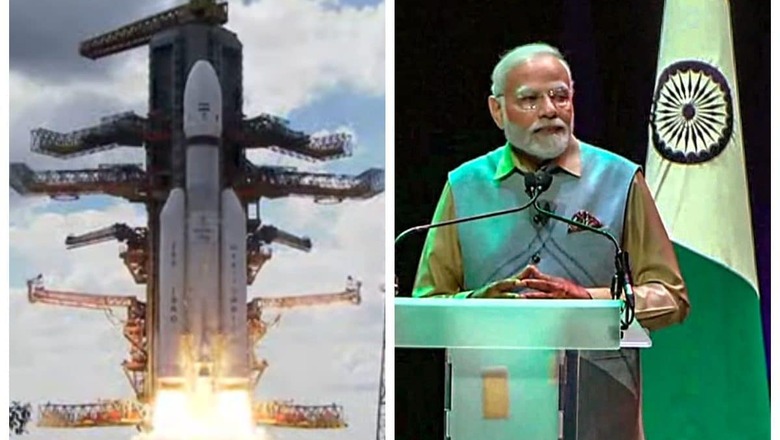
views
India is decidedly going places. This is to the pain and horror of the poison press amongst the Leftists in the West. The garish desi dreamers who want a return to the pretentious past of the rosebud-wearing Nehru are also frustrated. The fact is, India under Hindu nationalist Narendra Modi is not a communal morass. It has better fish to fry and is indeed going places.
A Goldman Sachs survey, driven by the idea that a young growing population signals prosperity, says the Indian GDP will be at $52.5 trillion in 2075, putting it at number two, behind China, but up from the third position it is likely to secure by 2028 or 2030. And over the next two decades, or 2043, “the dependency ratio of India will be one of the lowest among regional economies”, according to the report. And the enhanced prosperity won’t come from discoveries of oil, gold, or other natural resources, but from capital investment, innovation, technology, and the demographic dividend. In fact, the decline of the West is due to depleting and ageing population and lower productivity, according to the report.
One clue on the billions and trillions to come to India is in low to high-end chip manufacturing and testing. Other promising areas involve digital and artificial intelligence universes.
India could well become the next global semiconductor hub, replacing the always under-threat Taiwan. Taking chip-making away to America renders it too expensive. The semiconductor industry in India is being set up by the Americans, the Taiwanese, the Indians themselves, the Europeans, and the South Koreans, amongst others. It will cater to India’s own gargantuan appetite, and export millions of chips in the bargain, made at a competitive cost, and without any geopolitical worries attendant. Many countries with which India has a poor balance of payment problems will get sorted out by the export of these essential devices.
China will, however, still be number one in 2075 with $57 trillion in GDP, having overtaken America by 2035, says the report. But remember, this 2035 date has been pushed back several times already, and China, with its ageing population due to its One Child Policy is not very well placed to achieve this forecast. It will have slowed growth for at least three decades to come. Its belligerence is also counter-productive to the retention of a Chinese supply chain. Its chief buyers in the West, collectively accounting for some $3 trillion in exports per annum, may not be able, or choose to, sustain such numbers going forward. And Chinese monopolies on minerals may well be substituted from other sources.
The Euro area, meaning Western Europe, will be collectively at $30.3 trillion, says the report, and America will be at number three with $51.5 trillion. Japan will be at a mere $7.5 trillion, quite lost in the rankings along with Russia even further down the list. But, young population advantages apart, how the report, authored principally by economists Kevin Daly and Tadas Gedminas thinks Pakistan will be a $12 trillion-plus economy, ranked at number six by then, is a mystery! Of course, the big caveat is that this can only happen, given, ‘the appropriate policies and institutions’. Pakistan today is all but bankrupt, with no way out of its predicament. It is more probable that America, because of its innate ability to innovate and develop technology better than any other country, and its formidable military, will still be number one in 2075.
Coming back to the present, Friday, July 14, 2023, has turned out to be another momentous day for India. It witnessed the scheduled launch of the Indian Space Research Organisation (ISRO’s) Chandrayaan-3, four tons of spacecraft, at 2.35 pm. Prime Minister Narendra Modi could not be in Sriharikota to witness the launch, powered by ISRO’s most powerful two-ton rocket this time as he is in Paris as the Chief Guest for Bastille Day. Prime Minister Modi was accompanied not only by his senior staff but a 280-member tri-services armed forces contingent that marched in the parade. Three Indian Rafale fighters also participated in the flypast at the parade. This attendance at France’s National Day celebration also marks 25 years of the India-France strategic partnership.
Prime Minister Modi is scheduled to sign several pathbreaking defence equipment and complete technology transfer agreements in Paris. These include the acquisition of 26 Rafale Naval aircraft for India’s newest aircraft carrier, a 110-130 KiloNewton Safran engine with complete technology transfer for India’s AMCA MK2 Stealth fighters, another engine to be jointly developed for India’s light combat helicopters, three more Scorpene-Class conventional submarines to be built in India as soon as possible, and technology collaboration in a joint venture on the latest French Barracuda Class Nuclear submarines to be built in India.
In the backdrop of discussions on whether to grant Ukraine ‘de facto’ NATO membership, it is likely that the India-France strategic relationship may be enhanced after discussions. This is with specific reference to the Indian Ocean and Indo-Pacific areas. France has a lot of territory and overseas citizenry in the Indo-Pacific.
For India, an enhanced Indo-French strategic partnership will be in addition to its membership in QUAD. For France, it will formalise its role in the region where it has bases in the Indian Ocean and regularly patrols it.
India has begun repairing and refurbishing some categories of the US Naval ships in its ports and could do the same for the French Navy as well. From the point of the Chinese threat posed in the area, this Indo-French cooperation will boost peace and tranquillity. India is also creating a new transhipment base in the Nicobar Islands and enhancing its tri-services and naval presence and facilities in the Andaman and Nicobar region with its headquarters in Port Blair. The entire series of islands are strategic and overlook the Malacca Straits, a vital shipping route for China. Participating in this development could enhance trade and technology exchanges between our two nations.
On the way back from France, Prime Minister Modi will stop over in the United Arab Emirates (UAE), a I2U2 partner. He will meet with President Mohammed bin Zayed Al Nahyan in Abu Dhabi. Enhanced two-way investments and technological and defence cooperation, are likely to follow. Similar indications emerged when PM Modi stopped in Egypt on the way back from his highly successful visit to America recently.
India is also about to land on the moon. Chandrayaan-1, from 2008, plunged a probe ‘impacter’ into the moon’s surface near its South Pole, and first made mention of water on the moon. Chandrayaan-2, from September 2019, could not soft land due to some software malfunctions. It caused its lander, the 145 kg Vikram, (named after India’s space effort pioneer Vikram Sarabhai), to come close, but eventually crash land on the moon’s surface. Many learnings based on what when wrong in 2019 have been incorporated, according to current ISRO Chairman Dr Somanath S.
The moon landing of the new improved successor pod, which will set down on the moon, is scheduled for August 28. It will take over a month to get into the appropriate moon orbit on August 23 or 24. Once successfully completed, India will become only the 4th country after America, Russia, and China to land on the moon’s surface. It is the first that will alight just 70 degrees away from the moon’s south pole. All the others have chosen to land nearer the moon’s equator. On the poles, there is a greater likelihood of finding water molecules, and many other minerals.
The new improved Vikram will soft land by daylight, a moon-day being 14 Earth days long. This will enable the solar-powered rover to move around more, collect scientific data and samples via its instruments on board, and take pictures. The night temperatures on the moon are an estimated minus 180-230 degrees centigrade. And though the batteries on the rover and lander have been designed to withstand such extreme conditions, they could still fail in time.
India’s ISRO, which has already sent a spacecraft to orbit Mars, will work with America’s NASA to establish a space station, and possibly a manned moon landing soon. Like the defence manufacturing establishment in India, it is collaborating with the private sector and spawning new start-ups.
India’s journey towards becoming a developed country has well and truly begun, and most Western countries are now keen to treat it as an ally and strategic partner in the South-Asian, Indian Ocean and Indo-Pacific theatre.
The writer is a Delhi-based political commentator. Views expressed in the above piece are personal and solely that of the author. They do not necessarily reflect News18’s views.










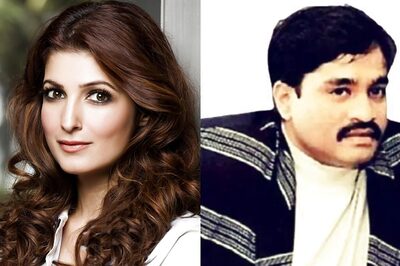
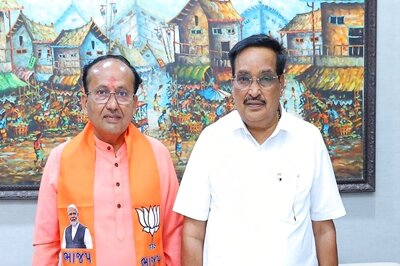

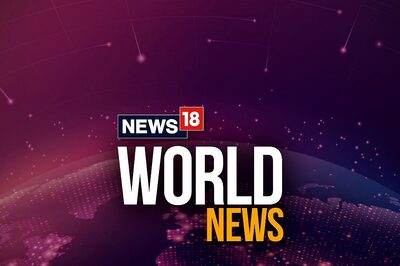
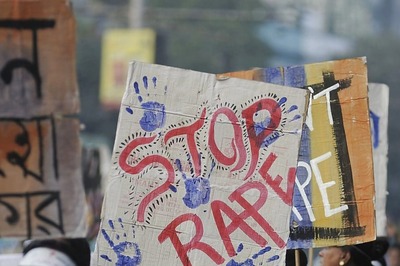
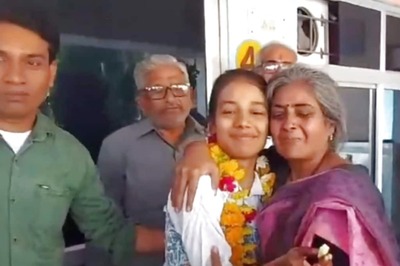
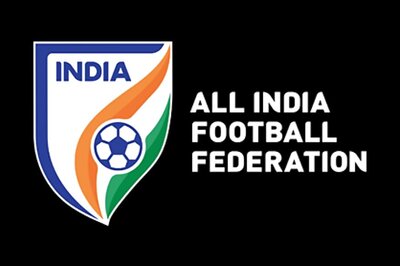

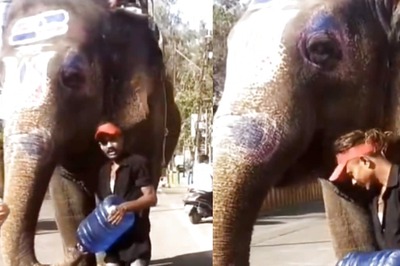

Comments
0 comment